For the next few months, the #ItalianFWT group of writers will be tackling the 3B’s of Italy (Brunello, Barbaresco, and Barolo) and the fun starts with Brunello di Montalcino. So why not feature one of Italy’s most iconic producers and the folks that laid THE foundation for Brunello – Biondi-Santi. And there is much to talk about.
Change is hard y’all! I’m one of those folks that digs my heels in and resists changes that I don’t like, or at least those that I’m not in charge of. I am definitely NOT one of those folks that embraces change. What can I say, I’m still a work in progress. I still remember being shocked a few years ago when I first heard that someone other than a member of the historic Biondi-Santi family held an ownership stake in company. And not only an ownership stake, but a majority stake. I mean, the iconic Biondi-Santi estate has been owned by a single family for 150 years! How could someone else darn to own a piece of Italian wine history?! If I was shocked then, my head probably swiveled around my neck when I heard last year that the final member of the family sold his stake in the company. That meant that for the first time since it’s inception, no one named Biondi-Santi was an owner.
Shocking stuff indeed. Like many, I wondered what would happen to this iconic estate. Would the new owner try to change what it fundamentally was? Would the new owner, who is French, try to use French oak in our beloved Brunello? There were so many questions that many of us had. Still have. Recently, I was fortunate to be able to get answers to some of these questions from Giampiero Bertolini, the current CEO of Biondi-Santi. I also had the pleasure of tasting the 2018 Biondi-Santi Rosso di Montalcino DOC and the 2015 Biondi-Santi Brunello di Montalcino DOCG, which were sent to me to taste, during the discussion.
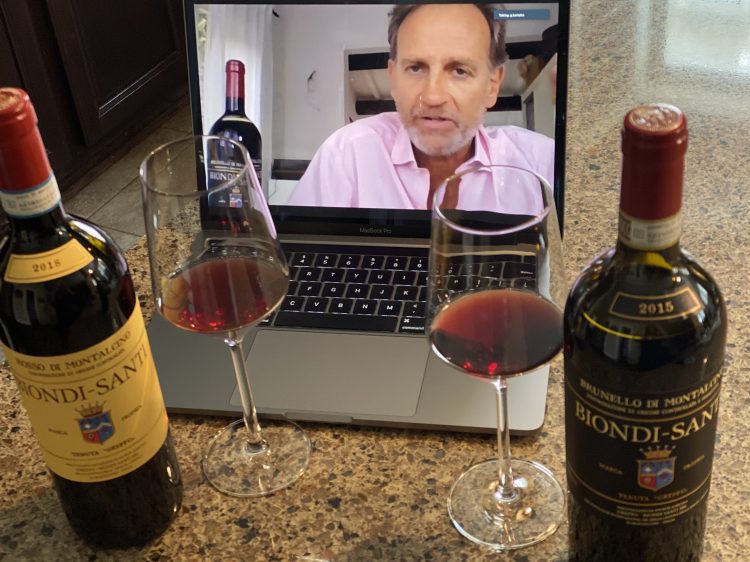
So before we get into it, I always like to think about what makes Sangiovese from Montalcino so special. To be sure, Brunello is such a pure and almost ethereal expression of Sangiovese Grosso, which is one of the most highly-regarded Sangiovese clones. Brunello is also unique in that it is the only Tuscan red wine that is not permitted to contain a blend of varietals and requires 100% Sangiovese. While many see Brunello as a wine for the cellar (and don’t get me wrong, I have a few in mine), there is absolutely nothing wrong with uncorking one whenever the mood suits.
The Beginning
Italian history in a bottle is certainly a claim that Biondi-Santi could make. The iconic producer is one of the benchmarks against which all Brunello di Montalcino is judged. It was in the late 1800’s and it is today. While some of us more “mature” folks (cause I can’t say old) may know their story, newer folks to wine may not be as aware. And given what Biondi-Santi did, not only for Montalcino and Tuscany, but for Italian wine as a whole, it is a success story that should continue to be shared.
Seven generations of the Biondi-Santi family have been involved in the company and each left their mark on the revered estate. These are literally the folks that invented the wine reference “Brunello.” Back in the mid-1800’s, Clemente Santi began working with Sangiovese at Il Greppo, his Tuscan estate, with a focus on creating long lived wines that were suitable for aging. His innovative winemaking earned him an award for a red wine at the 1867 Universal Exposition in Paris. He referred to the wine as ‘Brunello,’ which was a reference to the color of the wine, as “Bruno” means dark in Italian. That was the first time that the term had been used in reference to the wine.
Almost 20 years later in 1888, the first Brunello di Montalcino would be bottled by Clemente’s grandson, Ferruccio Biondi Santi. This marked the birth of modern-day Brunello di Montalcino and was the first-ever Brunello produced using the Sangiovese Grosso clone. And believe it or not, there are still two bottles of this inaugural vintage at the estate. Apparently, the wine is still a beautiful ruby red in the bottle which speaks to the longevity and uniqueness of Biondi-Santi wines.
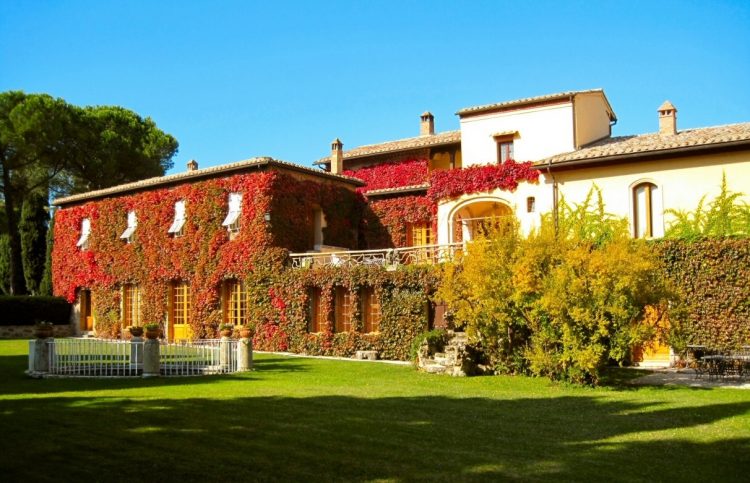
Years later, Ferruccio’s son Tancredi Biondi-Santi would succeed his father and take over the estate. Tancredi is known as one of the most important winemakers in Italian history. One of things he’s most known for is the creation of the 1955 vintage of Biondi-Santi Brunello di Montalcino, which is considered one of the twelve most important wines of the last century according to Wine Spectator. It was the only Italian wine included on the list and one that really set the bar for quality in the region. Additionally, when Brunello di Montalcino became a DOC in 1966, it was Tancredi that assisted the Italian government in writing the regulations for the region.
In 1971, the estate was passed on to the capable hands of Tancredi’s son, Franco. Franco was responsible for ultimately selecting the Brunello Biondi-Santi, or BBS 11 clone for the estate. Franco partnered with the University of Florence to perform a study to understand the best clone (Sangiovese has over 130 different clones!) for the soil at Il Greppo. This was the first clone in Italy named for a family and is still used today. Franco also expanded Il Greppo from 4 acres to 25, but always remained stalwart is his commitment to traditional viniculture.
Franco also made Brunello known to the world. After Brunello di Montalcino became the first DOCG in Italy in 1980, it slowly began to lose market share. At a time when Super Tuscans were making their mark in the late 1990s, with winemakers making profound stylistic changes to Italian wines and taking a larger share of the market, Franco was instrumental in ensuring that Brunello could compete and endure. And he held firm to his style of winemaking to ensure that Brunello would remain what it was. He organized an amazing 100-year vertical wine tasting showcasing Brunello from 1888 to 1998 to tell Brunello’s story and to illustrate the incredible longevity and quality of these wines. One of the tasting journalists awarded the 1891 Riserva wine a 100-point score. Franco passed away in 2013 and his final 2012 Riserva is something special and regarded as a style of wine to be followed and emulated into the future.
Biondi-Santi Seconda Parte
After his death, Franco’s son Jacopo, and his son, Tancredi, who represent the sixth and seventh generations, carried on the family legacy for several years. Today, Biondi-Santi is owned by the Descours family from France. Christopher Descours, who has a great passion for fine wines, first came to Italy in 2016 and started a partnership with the family which lasted several years. Jacopo and Tancredi ultimately decided to leave the family business, but not before imparting some of the family traditions and knowledge to Descours.
Armed with the understanding of the importance and responsibility of carrying on such a historic winery, the new guard also sees the possibilities of the future. “Having the possibility to bring in the future something with such a deep history, its a huge responsibility,” says Bertolini. “But at the same time, it is a fantastic project.”
Of course, with such a historic winery changing hands, we’re all curious about what might change. The short answer is, none of the important stuff. Descours, through his family-owned company EPI, has been involved in a ten-year restoration plan for the vineyards and winery. While Descours has invested a lot of money into the cellar and the vineyard, the investments are in line with the things that have been done in the past. “Our job is focused on trying to improve the quality, but not changing the style,” says Bertolini.
One of the hallmarks of the estate is the use of Slavonian oak and there are no plans to change that. Bertollini is very firm on this point. “No! I want to be clear on this” he says when asked about the possibility of using French oak given that the estate in now in the hands of a French family. “We want to pursue a path that fully respects everything that was done by the family.” That means continuing to hone all of the nuances of Sangiovese from Montacino. Bertollino says to use French oak “would be a disaster for the wine. It’s too heavy for this wine” he continues. So dedicated are the new owners to respecting what the Biondi-Santi family has done, that they even purchased the new casks from the same cask producer that the family has used for the last 120 years. “So we didn’t even change the producer,” says Bertollino. “The only thing we are changing in the cellar is the size of the casks.”
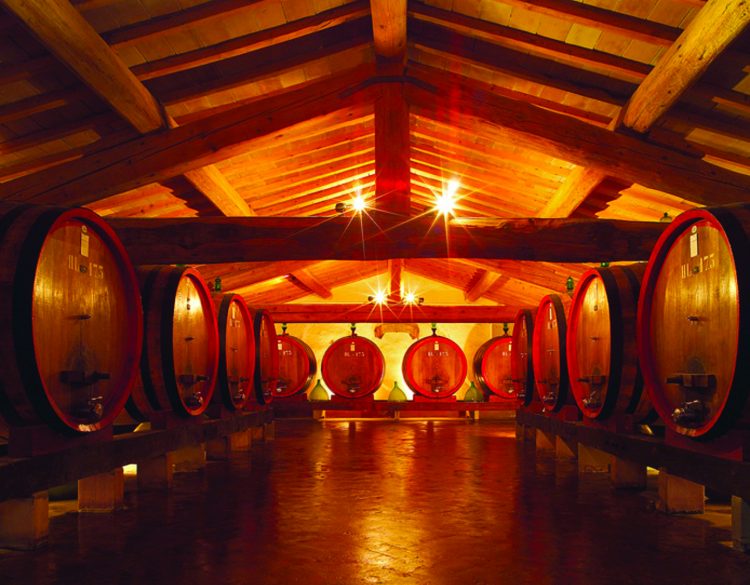
This change in cask size stems from a project in the vineyard which is where most of the initial changes, and largest investment, is occurring. A keen focus has been on the soil and learning more about it so that they can get the best from it. The winery is conducting a parcelization project to study the soil of delineated sections within the vineyard over the course of several years. The aforementioned smaller casks were brought in to be able to analyze each of the parcels in detail. In addition to greater insight, the hope is that the wines will have more precision.
Additional work in the vineyard includes replanting some of the vineyards to put in higher quality vines as well as the use of a new vineyard system to help combat the effects of global warming. Work in the vineyard also includes efforts to restore equilibrium in the vineyard, improve canopy management, as well as restoring organic viticulture to ensure healthy vines and soil well into the future.
With the continued theme of respecting the style, but improving quality, Descours is also focused on modernization. Thus, while there are no fundamental changes to how the wines are made, the changes that are made have improved the underlying production process. For example, they have invested in an optical sorting machine which has advantages over the previously used manual process. They also introduced a magnum size bottling of Brunello, which the Biondi-Santi family had never previously done. Given the longevity of the wines, it certainly makes sense.
Given how difficult it has been historically to secure these wines, added to the fact that the market today is full of new and varied wines, there is certainly a consciousness about how younger consumers view the brand, if they even know about it at all. To that end, they are keen on exposing and educating the younger generation on these wines, with the Rosso di Montalcino as a great starting point. “In Italy, we are using a lot of Rossi di Montalcino as an aperitivo,” shares Giampiero. “The younger generation are really excited to have a good apertivo with Rosso di Montalcino.” And it certainly makes sense as the Rosso is the estate’s entry level wine and is a much more accessible wine. It is also a versatile wine that can pair with pasta with red sauce or even a steak. The hope is that the experiences with the Rosso will provide a bridge to eventually enjoy and appreciate the Brunello and Riserva wines.
Part of the messaging is also about drinking your Brunello now. The new team at Biondi-Santi wants consumers know that they don’t necessarily have to wait ten or fifteen or twenty years to crack open a bottle. These wines have always had a perception in the market that they are difficult to enjoy now and can only be drank when aged. But as I’ve certainly seen with the Rosso and even their 2015 Brunello, these wines can be enjoyed upon release. Of course, the wines will evolve over time and still have their hallmark longevity, but its certainly not a tragedy to enjoy them now. Tomorrow isn’t promised, so enjoy the wine!
Was that 2015 Biondi-Santi Brunello di Montalcino DOCG a joy to drink now? You bet it was! 2015 is considered one of the best ever vintages in Montalcino and what a gastronomic wine this is. This can definitely go beyond classic bistecca alla fiorentina and can pair with a variety of things, including seafood! Yes, a Sangiovese such as this made with finesse and elegance, and this level of of acidity can indeed pair with a variety of foods. Dark berry fruit, balsamic, clove, crushed leaves, mushroom, and cedar notes. As for the Rosso, I’ll admit that I may even prefer Rosso to Brunello as I’ve said before. This one provide the elegance, litheness, and freshness that I so appreciate in these wine. Classic lower alcohol, savory notes and sour fruit.
Be sure to check out what Brunello the other #ItalianFWT writers are excited about.
- Camilla of Culinary Adventures with Camilla explores Riso Venere Nero + La Palazzetta Brunello di Montalcino 2016
- Gwendolyn of Wine Predator…..Gwendolyn Alley shares 2 Organic Brunellos + Vegetarian Italian Fare
- Terri of Our Good Life serves up Pumpkin Ravioli with Sausage and Amaretto Cream Sauce and a Not-So-Brunello Wine #ItalianFWT
- Linda of My Full Wine Glass says “Can’t travel to Tuscany? Open a Brunello instead”
- Katrina of The Corkscrew Concierge tells how “Biondi Santi Charts New Paths While Honoring Tradition”
- Susannah of Avvinare explains “Celestino Pecci: A Brunello di Montalcino Producer to Watch”
- Jennifer of Vino Travels offers “A Toast to Brunello with Val di Suga”
- Nicole of Somm’s Table is “Lunching and Tasting at Fattoria dei Barbi”

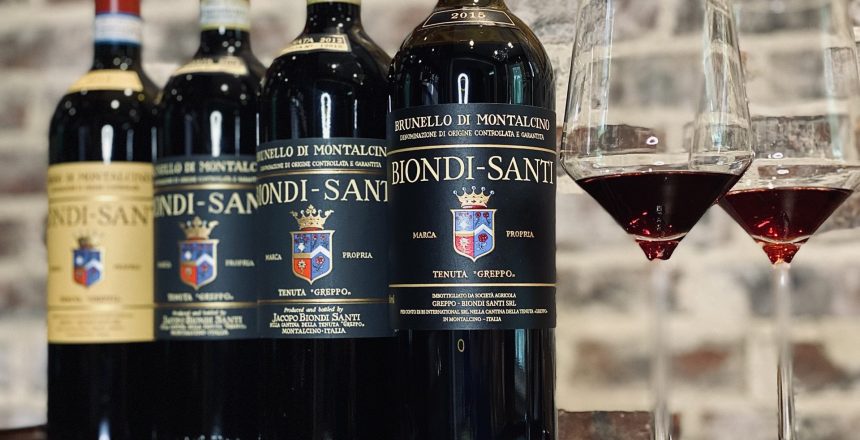
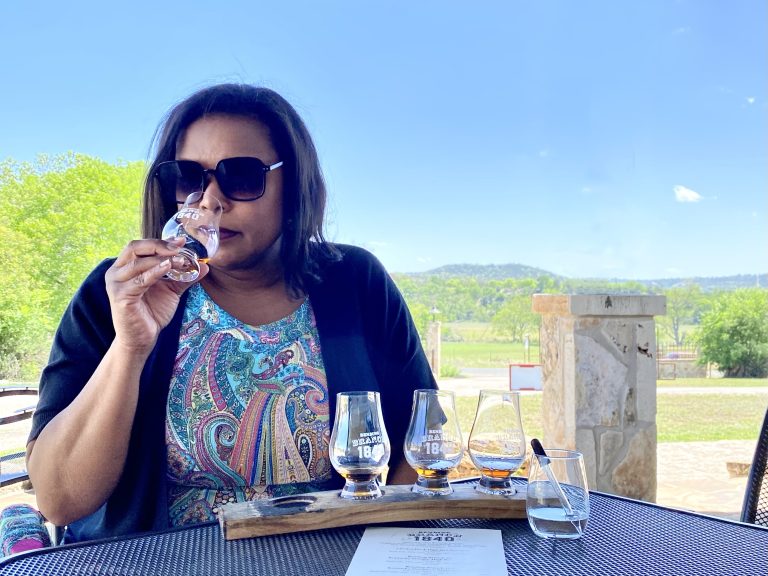
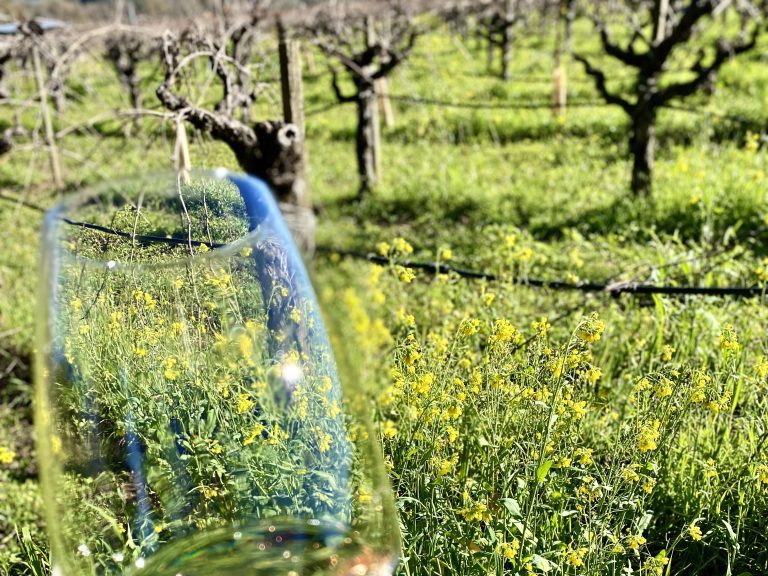
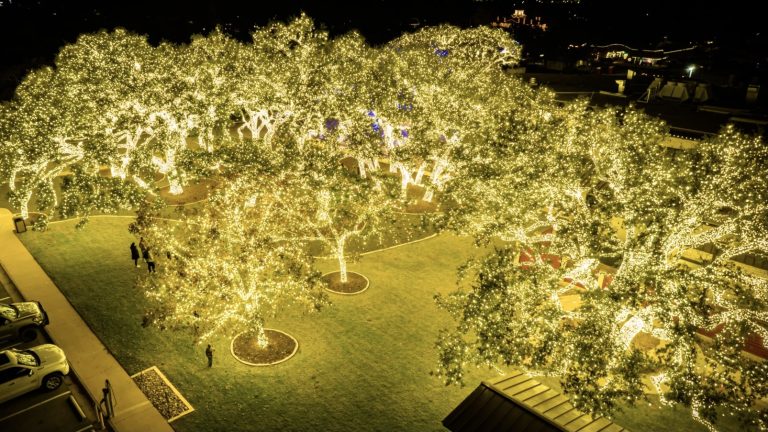

8 Comments
Wendy Klik
•3 years ago
Smart business move for the new owner. I am glad that this wine is still going to be the quality and tradition that you have always enjoyed. Great article.
Kat
•3 years ago
Thanks. It looks to be in great hands.
Nicole Ruiz Hudson
•3 years ago
It’s always great to review the history, and thanks for catching me up on what’s happening with this incredibly historical estate. And if there is one thing that the last couple of years have taught is that Tomorrow isn’t promised, so enjoy the wine!” Good reminder.
Kat
•3 years ago
Yep. Drink and enjoy the wine now!
Linda Whipple
•3 years ago
Such an interesting read! I enjoyed learning about the Biondi-Santi family and brand. Also appreciated hearing about your initial skepticism and then your reaction to the wines. I do enjoy a good Rosso, too, maybe as much as a Brunello!
Kat
•3 years ago
Agreed! So many go straight to Brunello but Rosso is absolutely worth checking out.
Lynn
•3 years ago
I have the same reaction as you when these family estates are sold. Thankfully the Descours family aren’t an enormous corporation! And thankfully changes are about quality. Looking forward to tasting a Biondi-Santi Brunello one day and joining the group the next two months. Hope to see you?!?
Jen Martin
•3 years ago
What a great look into the history. I’m one with you that I dislike seeing a historic winery change hands from the family. I hope all stays intact for the future of Biondi Sankt.